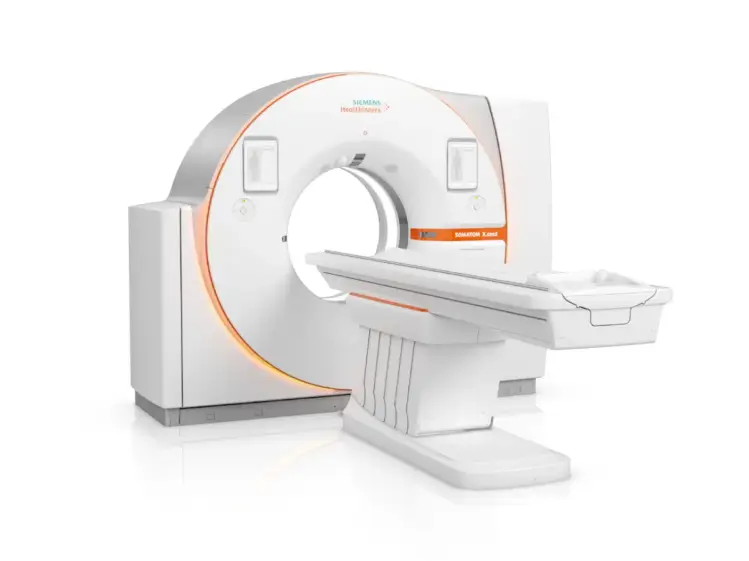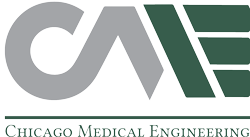

















CT SCANNER MACHINES
A Computerized Tomography (CT) scan is like a medical marvel—it weaves a narrative of your body’s inner workings by combining X-ray images from different angles. These images, meticulously processed by computers, unveil detailed cross-sectional views of your bones, blood vessels, and soft tissues. It’s a diagnostic superhero compared to traditional X-rays.
Enter Chicago Medical Engineering, where the journey of refurbished and used medical equipment, like our charming CT Scanners, finds a new home. Our commitment extends beyond the transaction; we’re your partners from selecting the perfect CT Scanner to seamless shipping, crating, and installation. The best part? We’re not bound by borders; our worldwide shipping ensures your CT Scanner Machine reaches you, wherever you are.
Seeking a specific Refurbished or Used CT Scanner? Consider us your navigators. We’re not just about specifications; we’re about understanding your needs and finding the perfect match, ensuring you get not just the right CT Scanner but also the right value. Trust Chicago Medical Engineering to make your journey in the realm of medical imaging systems both exciting and rewarding.


Large assortment of pre-owned mobile and fixed CT scanners from leading manufacturers

Reliable, quality equipment that has undergone a rigorous inspection by factory-trained engineers

Refurbishment options to ensure your CT scan machine is “like new”

Full range of services to assist with preparing your center and installation of the CT scan equipment

An experienced project management team to support you throughout every step of the process

Global network of best-in-class engineers to inspect, install, test and service your used CT scanner equipment

Assistance with relocation, removal or disposal of an existing CT Scanner

Training of your staff on the operations and maintenance of your new equipment

Flexible warranty, service and maintenance options
FREQUENTLY ASKED QUESTION
What is the purpose of CT Scanner Machines?
CT scanner machines, also known as computed tomography scanners, are crucial diagnostic tools used in medical imaging. They provide detailed cross-sectional images of the body’s internal structures, aiding in the diagnosis and monitoring of various medical conditions.
How do CT Scanner Machines operate?
CT scanners use X-ray technology to create detailed cross-sectional images of the body. The machine emits X-ray beams that pass through the body, and detectors on the opposite side capture the X-rays after they have traversed the tissues. A computer then processes this data to generate detailed images, offering a comprehensive view of the internal structures.
Who operates CT Scanner Machines?
Radiologic technologists, specifically CT technologists, operate CT scanner machines. They are trained to position patients correctly, operate the equipment, and ensure image quality while prioritizing patient safety.
How is safety ensured during CT scans?
Patient safety is a priority, and CT scans are conducted with adherence to strict safety protocols. Before the scan, patients are screened for potential contraindications. The technologist ensures proper positioning, and lead shielding is used to protect areas not being imaged. The amount of radiation exposure is kept as low as possible while still obtaining the necessary diagnostic information.
What quality assurance measures are in place for CT Scanner Machines?
Quality assurance involves regular checks on CT scanner performance. Technologists conduct daily equipment checks to verify functionality, and routine maintenance is performed. Additionally, medical physicists may conduct periodic assessments to ensure optimal machine performance and image quality.
How is staff safety maintained?
Staff working with CT scanner machines follow safety guidelines to minimize radiation exposure. Protective measures, such as lead aprons and thyroid shields, are employed. The design of CT rooms includes shielding to prevent unnecessary radiation exposure to personnel outside the scanning area. Strict operational protocols contribute to a safe working environment.




